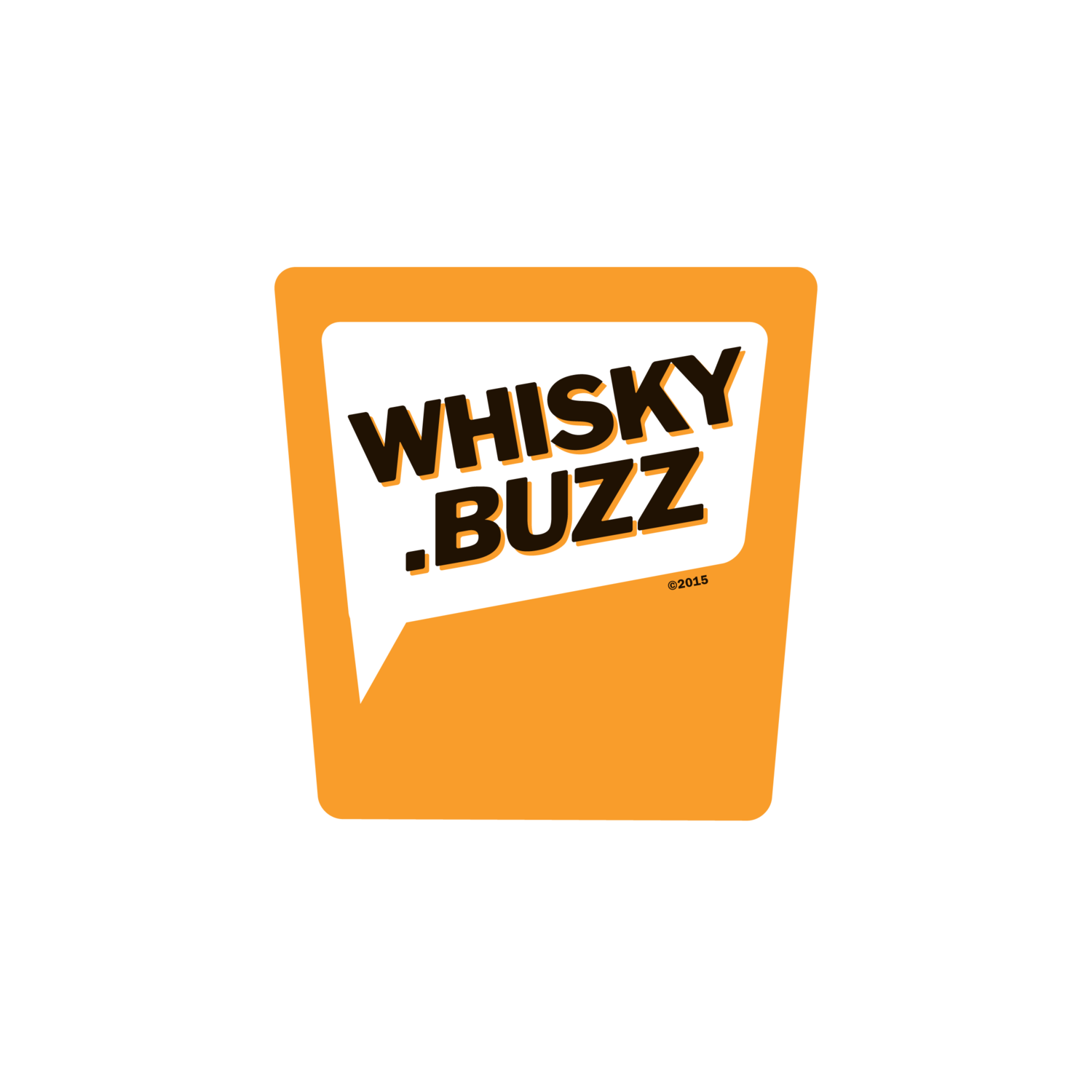Eagle Rare 10 - The Definition of Casual Sipping Bourbon
/Eagle Rare, is in many ways, is the perfect bourbon for casual bourbon drinkers. There’s enough dramatic shift between the oaky-vanilla start and the oak-based-spicy finish to say yes, this is well-aged bourbon. It’s easy to drink, but not boring. There’s enough complexity that you can sit back and enjoy it, but it’s not so luxuriously priced that you feel bad for drinking it absently.
Read More



